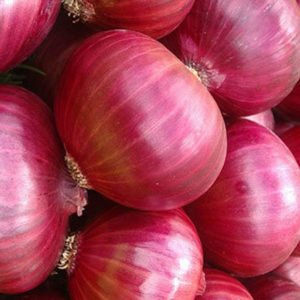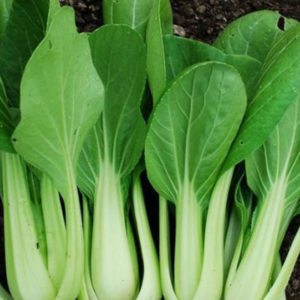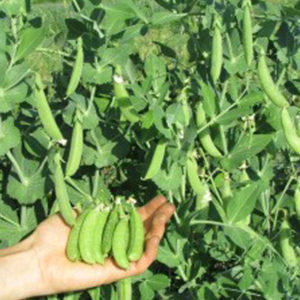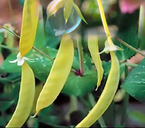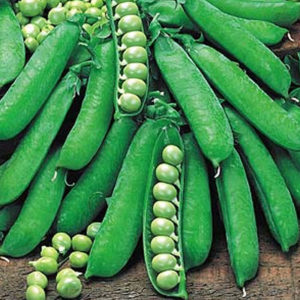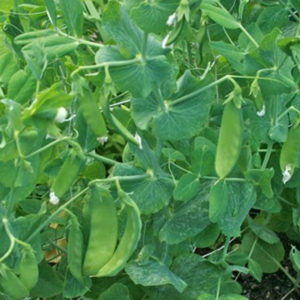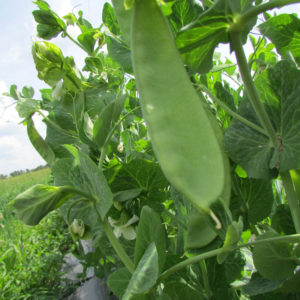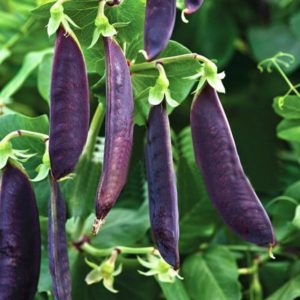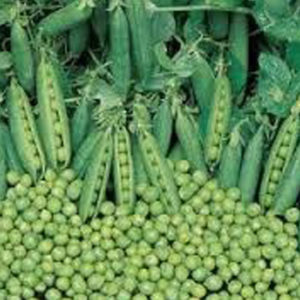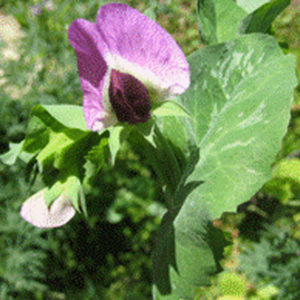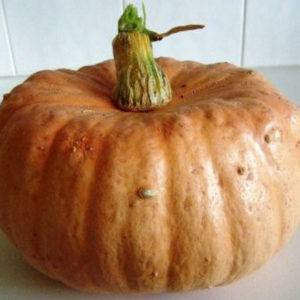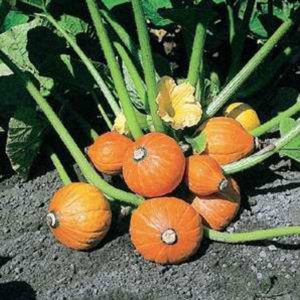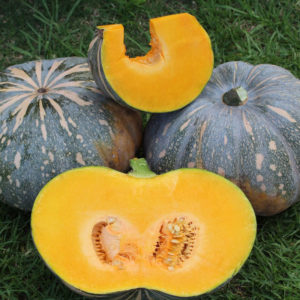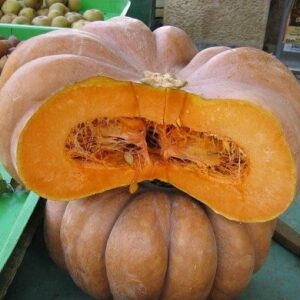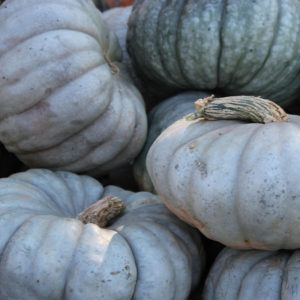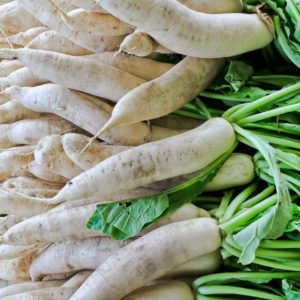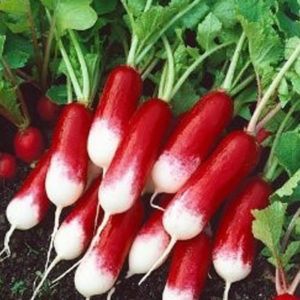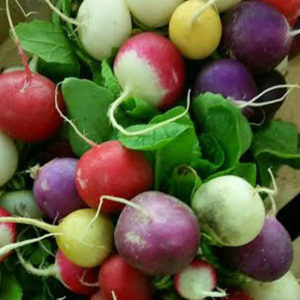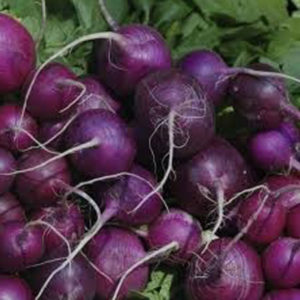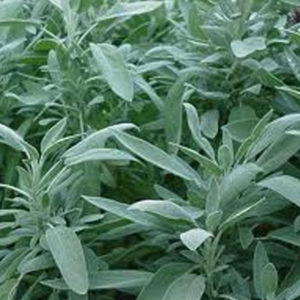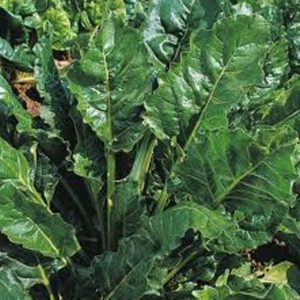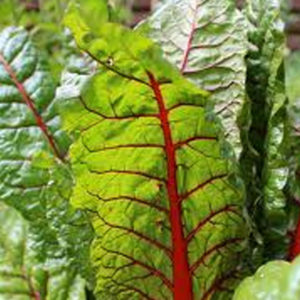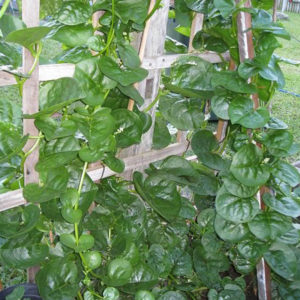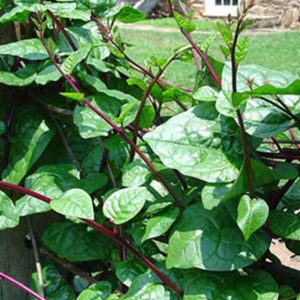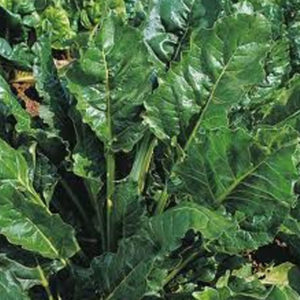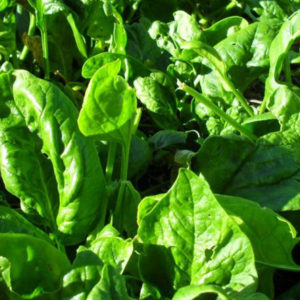-
Out of stock

Pastinaca sativa Long slender parsnip suitable for baking. Use whole, roast or mash. An easy grower.
-
Out of stock
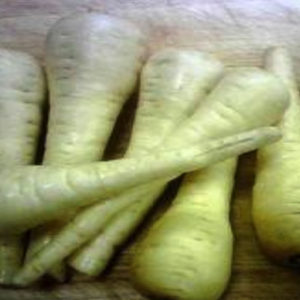 Pastinaca sativa Tender parsnip with creamy flavour. Makes great roasters. Good all rounder.
Pastinaca sativa Tender parsnip with creamy flavour. Makes great roasters. Good all rounder. -
Out of stock
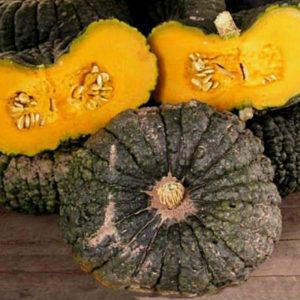 Cucurbita maxima An old heirloom that has brought back a lot of memories from some of our customers, of mum using the axe to get the first cut. When first picked the skin is quite thin and will thicken as its stores, which it does well.
Cucurbita maxima An old heirloom that has brought back a lot of memories from some of our customers, of mum using the axe to get the first cut. When first picked the skin is quite thin and will thicken as its stores, which it does well. -
Out of stock
 Cucurbita maxima French heirloom with unusual ornamental ‘warty’ skin and deep orange flesh. Despite lighter texture has a lovely flavour and used mostly for soups and sauces. Allow lots of drying time to enhance sweetness and deepen texture. Plant in full sun spring.
Cucurbita maxima French heirloom with unusual ornamental ‘warty’ skin and deep orange flesh. Despite lighter texture has a lovely flavour and used mostly for soups and sauces. Allow lots of drying time to enhance sweetness and deepen texture. Plant in full sun spring. -
 Cucurbita pepo This is a remarkable pumpkin? squash? whatever you'd like to call it. Large vine producing round green golden stripey fruit that ripens like most pumpkins, leaving them to mature on vine. Finally once opened there's the gift of sweet golden squash like flesh (great for soups) and delicious fresh pepita's which are so good for you. Plant needs lots of room and sun to prosper.
Cucurbita pepo This is a remarkable pumpkin? squash? whatever you'd like to call it. Large vine producing round green golden stripey fruit that ripens like most pumpkins, leaving them to mature on vine. Finally once opened there's the gift of sweet golden squash like flesh (great for soups) and delicious fresh pepita's which are so good for you. Plant needs lots of room and sun to prosper. -
Out of stock
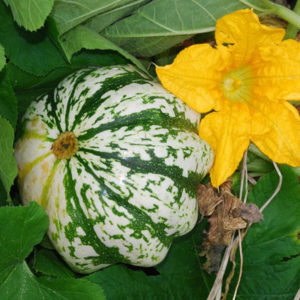 Cucurbita pepo Remarkably sweet small fruit 400gms growing from moderately creeping vine needing good sun and soil. Highly recommended as it's taste is a surprise it's sweetness more so, and just the right size for a meal.
Cucurbita pepo Remarkably sweet small fruit 400gms growing from moderately creeping vine needing good sun and soil. Highly recommended as it's taste is a surprise it's sweetness more so, and just the right size for a meal. -
 Cucurbita moschata Pear shaped pumpkin with pale orange skin, deep orange flesh and small seed cavity. Up to 3kg it’s an ideal size for family's and cooks up any way perfectly. Really good flavour and known through out the world now by many names. Only a reasonable storer compared to others, meaning it will get through winter but no more.
Cucurbita moschata Pear shaped pumpkin with pale orange skin, deep orange flesh and small seed cavity. Up to 3kg it’s an ideal size for family's and cooks up any way perfectly. Really good flavour and known through out the world now by many names. Only a reasonable storer compared to others, meaning it will get through winter but no more. -
Out of stock
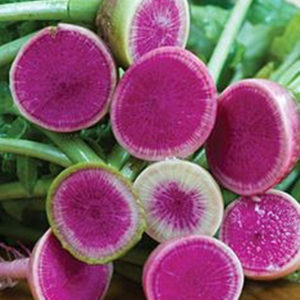 Raphanus sativus Originating from the Daikon family this lovely white radish with deep pink flesh looks beautiful sliced into all dishes. Growing habits same as all radish though not liking hot summers.
Raphanus sativus Originating from the Daikon family this lovely white radish with deep pink flesh looks beautiful sliced into all dishes. Growing habits same as all radish though not liking hot summers. -
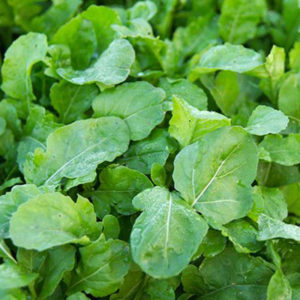 Eruca sativa An annual plant commonly known as salad rocket, arugula, colewort. A unique flavour with a hint of heat if grown during the cool months and lots of heat in the hot months. Side picked for salads since the Roman times rocket is used for everything from salads to additions to pizzas. Grow direct all year round.
Eruca sativa An annual plant commonly known as salad rocket, arugula, colewort. A unique flavour with a hint of heat if grown during the cool months and lots of heat in the hot months. Side picked for salads since the Roman times rocket is used for everything from salads to additions to pizzas. Grow direct all year round. -
Out of stock
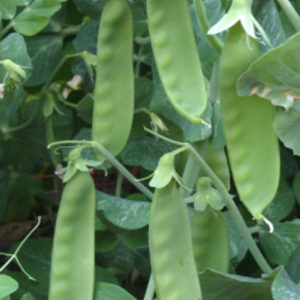 Pisum sativum This green devil dark green snowpea offers good pod shape at 11cm long and good disease resistance.
Pisum sativum This green devil dark green snowpea offers good pod shape at 11cm long and good disease resistance. -
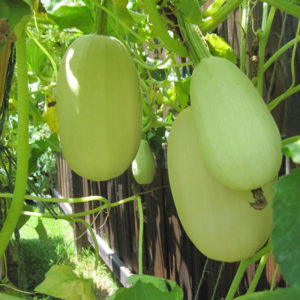 Cucurbita pepo I am often approached by my older customers seeking what they like to call a true squash. And this is the closest I can give them. Lovely flavour especially when roasted. To get the ‘spaghetti’ affect it needs baking. We cut in half, scoop out seeds, fill with eggs, cream, cheese and seasoning and bake first 20mins covered, last 10mins uncovered to crisp the top. Seriously yum.
Cucurbita pepo I am often approached by my older customers seeking what they like to call a true squash. And this is the closest I can give them. Lovely flavour especially when roasted. To get the ‘spaghetti’ affect it needs baking. We cut in half, scoop out seeds, fill with eggs, cream, cheese and seasoning and bake first 20mins covered, last 10mins uncovered to crisp the top. Seriously yum.

